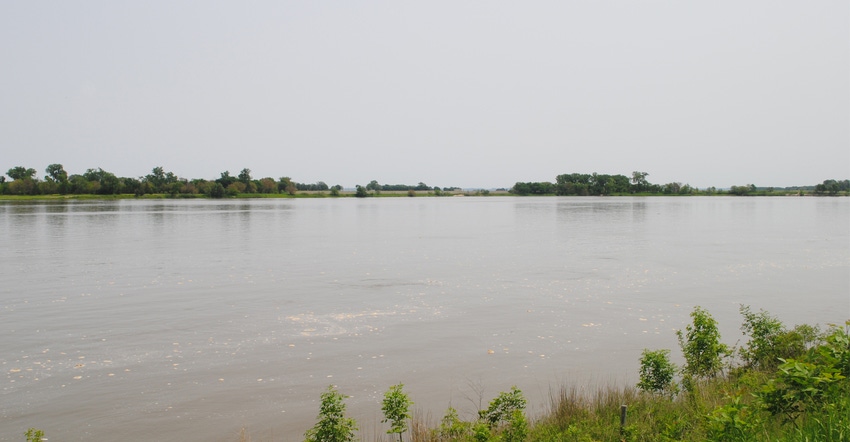
It wasn’t easy and it didn’t happen overnight, but the development of the modern Nebraska Natural Resources Districts has become the envy of many states.
The NRDs officially began with the passage of LB1357 through the Nebraska Unicameral in 1969, merging the multiple responsibilities of 154 special purpose districts delineated mostly along county lines into a network of 24 NRDs set up along river basins across the state. Eventually, the number of NRDs would be reduced to 23. But the groundwork for this system was laid years earlier.
Conservation through the ages
By 1949, soil conservation districts were set up in all 93 counties to provide sponsorship for the federal soil conservation service. The Soil Conservation Committee evolved into the Soil and Water Conservation Committee by the early 1950s.
In 1969, it became the Soil and Water Conservation Commission. By 1972, it was the Nebraska Natural Resources Commission, responsible for general resource and water management. Today, the commission is merged with the Department of Water Resources to form the Nebraska Department of Natural Resources. In the late 1960s, Warren Fairchild, the executive secretary of the Nebraska Soil and Water Conservation Commission, and state Sen. Maurice Kremer of Aurora worked together to help build the NRD system.
Fairchild and Clayton Yuetter, who was a University of Nebraska faculty member at the time and went on to serve as U.S. secretary of agriculture in President George H.W. Bush’s administration, were key champions of the concept in the early stages.
As early as 1966, delegates to the annual Nebraska Association of Soil and Water Conservation Districts conference passed a resolution that asked the Unicameral to consider reorganizing districts along watersheds, instead of county lines. This resolution called for sizable districts that would maintain local control through elected officials but have funding and authority to carry out comprehensive resource and water development.
Fight for soil, water
During the 1969 legislative session,. Kremer and Sen. Jules Burbach of Crofton introduced LB1357. Opponents to the bill hired a lobbyist, but in mid-September, a resolution presented at the annual meeting of the Nebraska Soil and Water Conservation Commission to oppose NRDs was defeated. Two days later, LB1357 passed the Unicameral by a vote of 29 for, nine against and 11 not voting. Gov. Norbert Tiemann signed the bill into law.
Just 25 days before NRDs were to become operative in June 1972, a lawsuit challenging the constitutionality of the law was filed in Lancaster County’s district court. Two weeks later, Judge William Hastings refused to grant a temporary injunction to block the law, allowing the first-in-the-nation NRD system to come into operation on schedule on July 1.
About the Author(s)
You May Also Like






